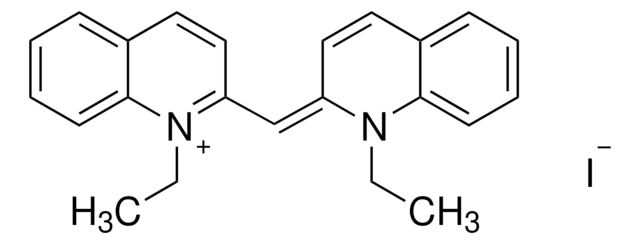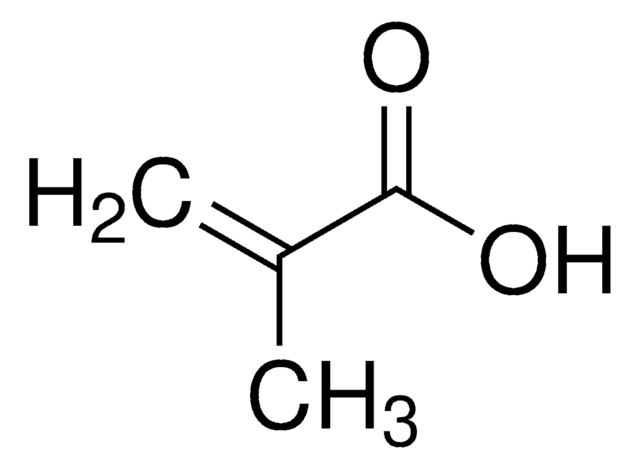226548
Silver perchlorate hydrate
99%
Synonym(s):
Perchloric acid silver hydrate, Silver perchlorate monohydrate
About This Item
Recommended Products
assay
99%
form
crystalline
reaction suitability
reagent type: oxidant
mp
485 °C (lit.)
storage temp.
2-8°C
SMILES string
O.[Ag+].[O-]Cl(=O)(=O)=O
InChI
1S/Ag.ClHO4.H2O/c;2-1(3,4)5;/h;(H,2,3,4,5);1H2/q+1;;/p-1
InChI key
IXFNJWPLHOWEPT-UHFFFAOYSA-M
Looking for similar products? Visit Product Comparison Guide
Application
signalword
Danger
hcodes
Hazard Classifications
Eye Dam. 1 - Ox. Sol. 2 - Skin Corr. 1B
Storage Class
5.1A - Strongly oxidizing hazardous materials
wgk_germany
WGK 3
flash_point_f
Not applicable
flash_point_c
Not applicable
ppe
Eyeshields, Faceshields, Gloves, type P3 (EN 143) respirator cartridges
Choose from one of the most recent versions:
Already Own This Product?
Find documentation for the products that you have recently purchased in the Document Library.
Customers Also Viewed
Articles
Plasmonic nanoparticles have unique optical properties that can be tailored to suit a variety of applications in the biotechnology1–8 and electronics9–16 industries.
Our team of scientists has experience in all areas of research including Life Science, Material Science, Chemical Synthesis, Chromatography, Analytical and many others.
Contact Technical Service













